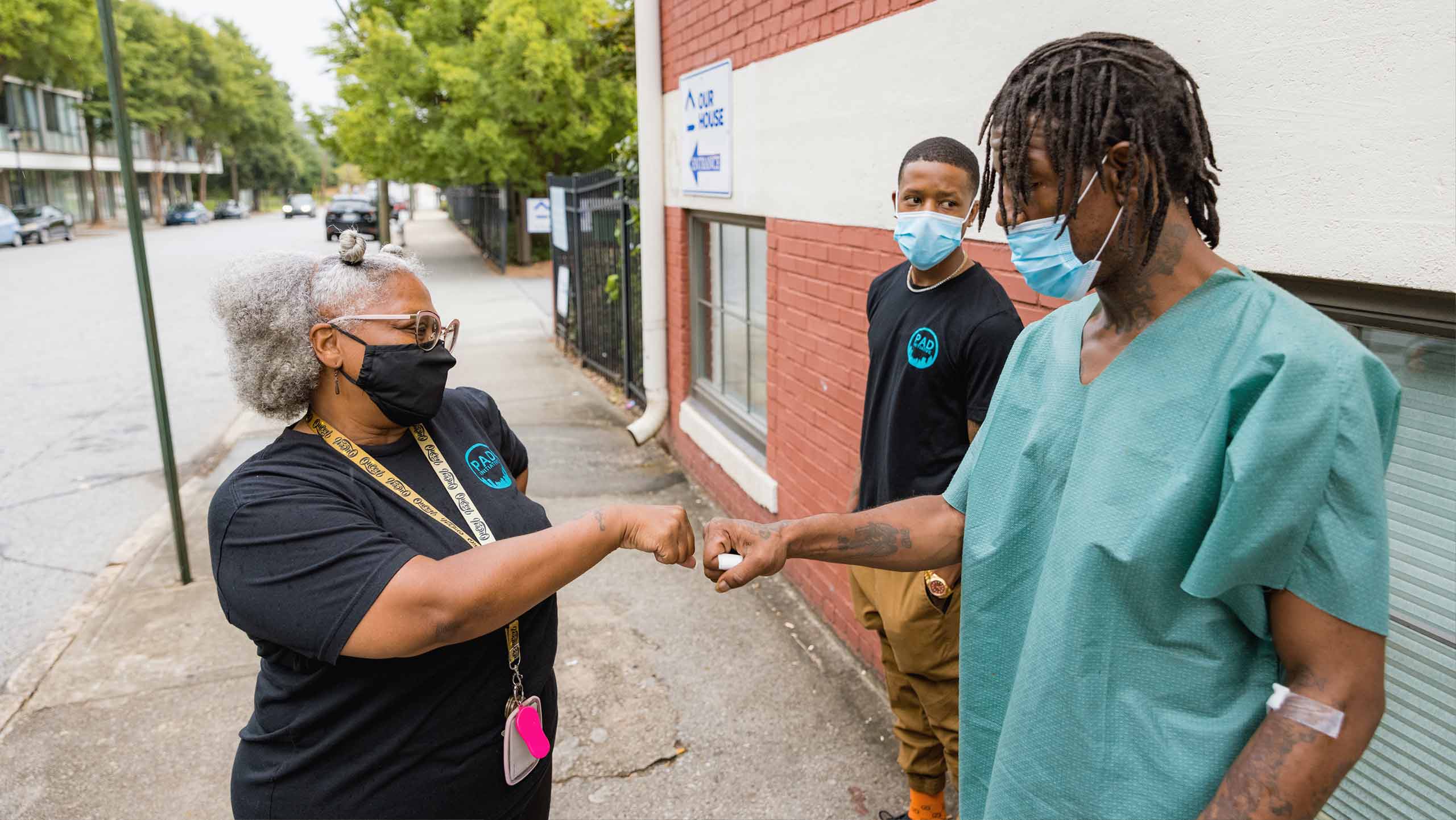Ongoing Support and Care Coordination
Whatever the pathway that brings someone into LEAD – whether by arrest diversion, social contact referral by law enforcement, or community referrals – the moment or mechanism of diversion is just a first step, not the last word: what matters is what happens after diversion.
When somebody has a heart attack on the street, an ambulance serves as the first response, providing essential, short-term intervention at the scene. But it doesn’t stop there – an ambulance also transports the person to a hospital, ushering them into a longer-term system of second response.
In just the same way, diversion away from the criminal legal system is an essential first response, but it’s just the first step. Even in communities that have developed an array of first responders – police officers, crisis intervention teams, co-responder programs, or non-police alternatives – the question often remains: after the first response, what do we do next?
With LEAD, community stakeholders — officers, health agencies, community-based service providers, elected and appointed officials, advocacy groups, businesses, and interested residents – work together to build an effective, coordinated second response, one that is better equipped to identify and address the needs of people whose persistently disruptive or unlawful conduct stems from unmet behavioral health needs. Further, LEAD provides an ongoing framework to coordinate with legal system partners who often have other (non-divertible) cases involving LEAD participants, to reduce the chance that the left hand will undo the progress the right hand has labored to achieve.
It’s by developing a system of multi-agency coordination and long-term, ongoing case management that LEAD sites enhance safety, health, and equity.






